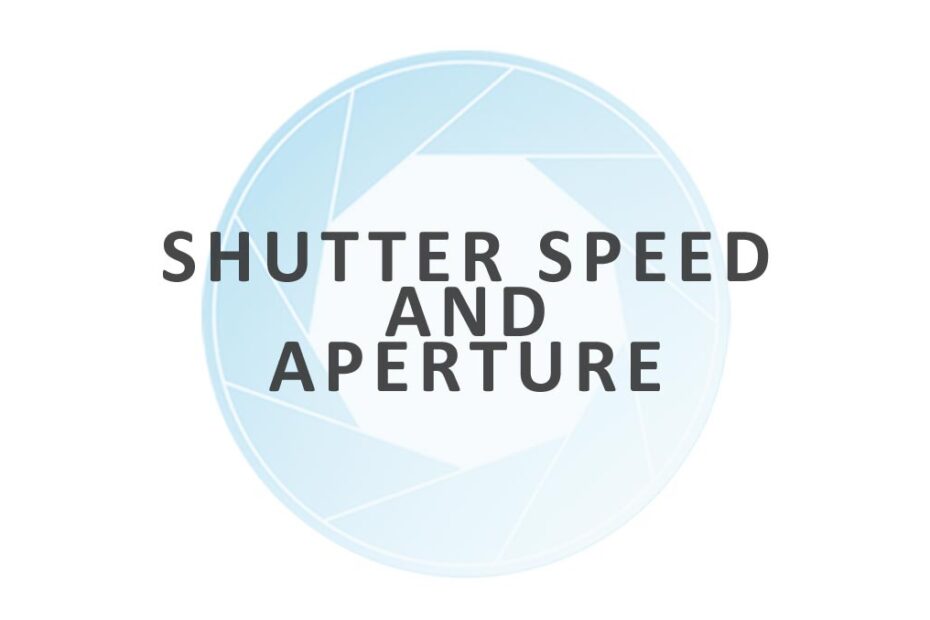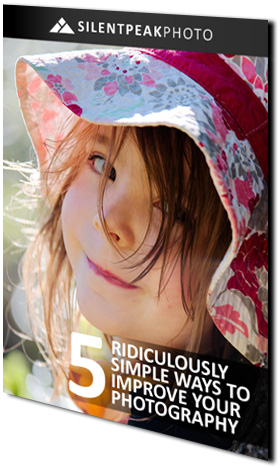Together, shutter speed and aperture control the supply of light into your camera. Yet each is very different from the other. Aperture controls the amount of light able to pass through your lens and towards your camera’s sensor (or film). Whereas shutter speed, measured in seconds, determines how long your camera’s sensor is exposed to the incoming light.
Therefore, the overall amount of light your camera receives is the sum of both your shutter speed and aperture. Jump to Conclusion
Aperture
Your aperture determines how much light can pass through your lens towards your camera’s sensor or film. Therefore, the larger the aperture, the more light can pass through to your sensor, and the brighter your photo will be.
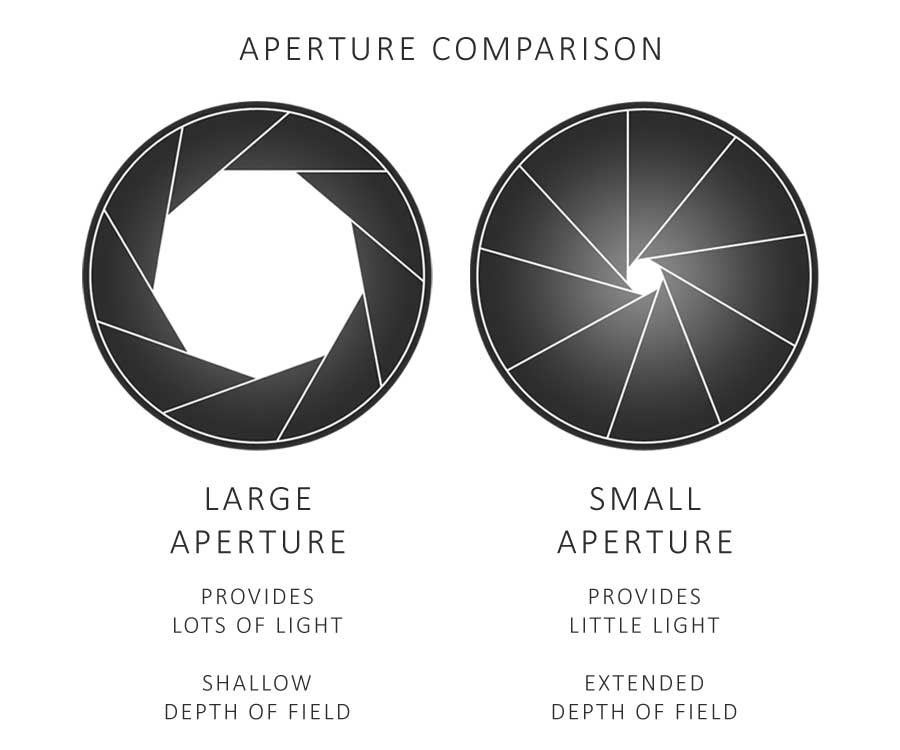
Your aperture’s size is measured in F-Stops, with smaller numbers used to describe larger apertures. For example, F1.4 is a much larger aperture than F11. In fact, with your aperture set to F1.4, your camera’s sensor receives up to 64 times more light than it would at F11.
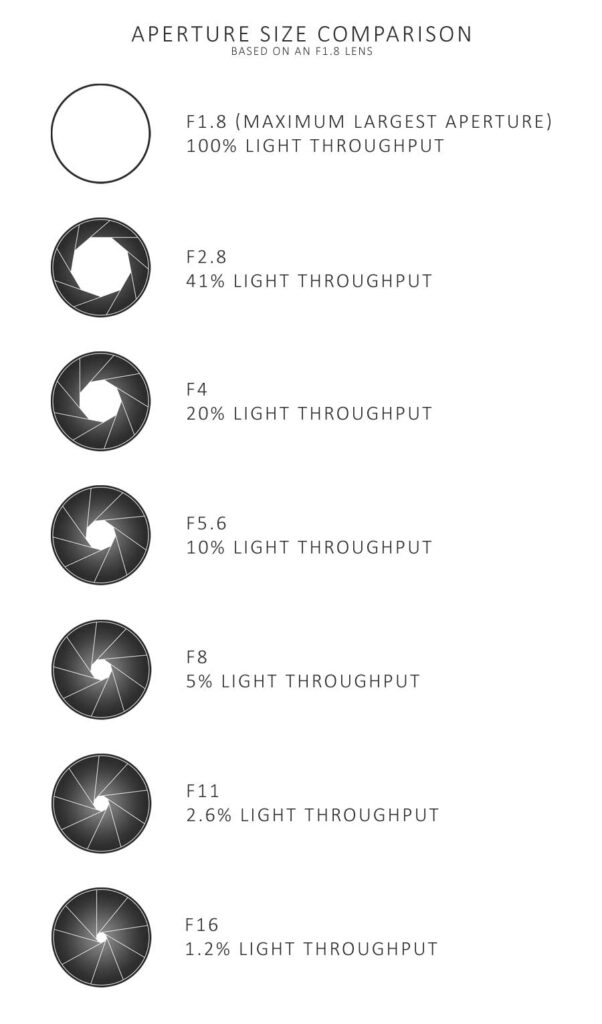
You might be wondering why anyone would use anything other than their largest, brightest aperture? And the reason is depth-of-field. Read about Depth of Field.
At larger apertures, depth-of-field becomes very shallow, and very little of your photo will appear sharp and in focus. As a result, large apertures are great for background blur.

However, if you need an entirely sharp photo, you many need to extend your depth of field and use smaller, darker apertures.
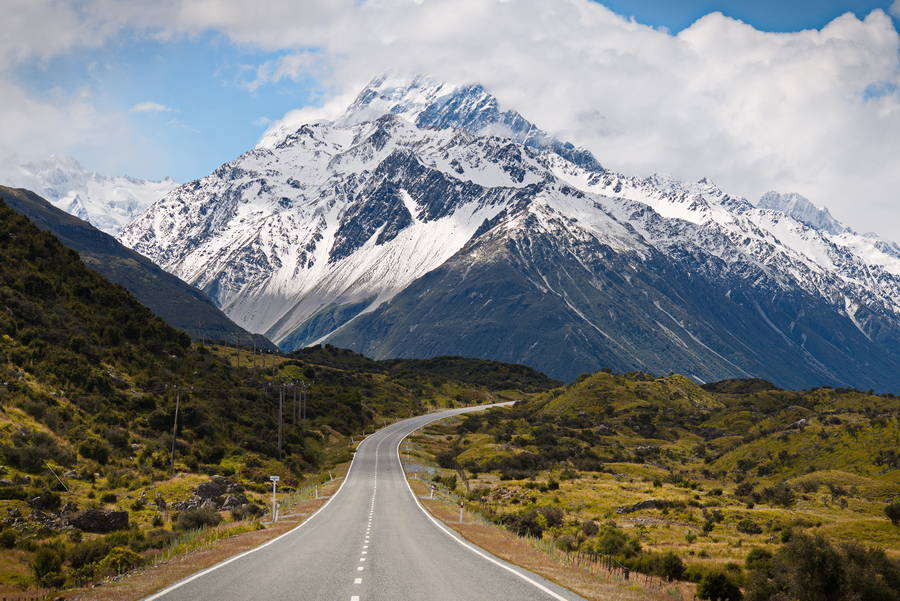
Therefore, the right aperture for your shot will always be the one that strikes the right balance between sufficient depth-of-field and enough light for a bright photo. Read the ultimate guide to aperture.
Shutter Speed
Your shutter determines how long your sensor is exposed to the light passing through your lens’s aperture. For example, you could set your shutter speed to 1 second. And if you need twice the light, you can double your shutter speed to 2 seconds. Read Ultimate Guide to Shutter Speed.
However, your shutter speed is limited by 3 factors.
1. Getting a bright photo
The first is the ambient light of the scene. If your shutter speed is too long/slow, you will expose your camera to too much light. As a result, your photo appears too bright or overexposed.
On the contrary, if your shutter speed is too fast, your camera won’t get enough light. Therefore, your photo will be too dark. Therefore, your ‘Goldilocks’ shutter speed is neither too long nor too short but just right.
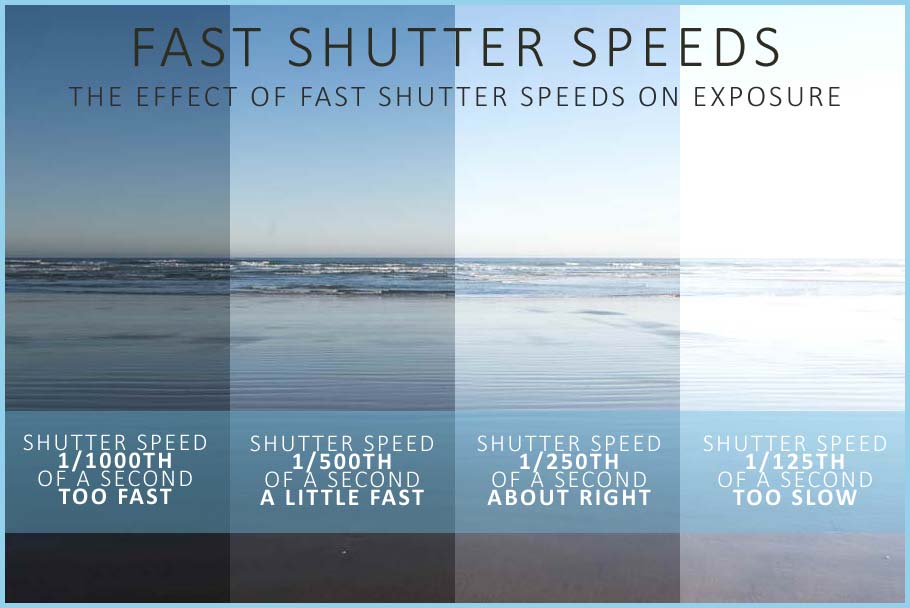
2. Avoiding Camera Shake
No one can hold a camera absolutely still. And if your shutter speed is too slow, those involuntary moments will shake your camera and blur your photo.
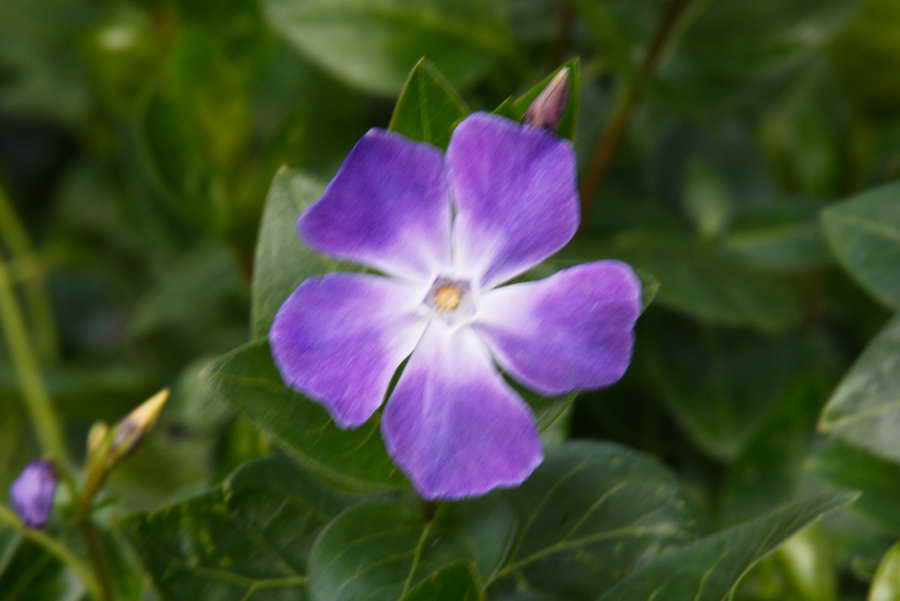
Therefore, you must use a shutter speed fast enough to prevent camera shake from occurring. Read How to Avoid Camera Shake with the Reciprocal Rule.
3. Using shutter speed to avoid motion blur
And finally, if you want to take a sharp photo of a fast-moving subject, you must use faster shutter speeds. Otherwise, your subject’s continued motion during exposure will cause them to appear blurred in the photo. Read What is a Fast Shutter Speed
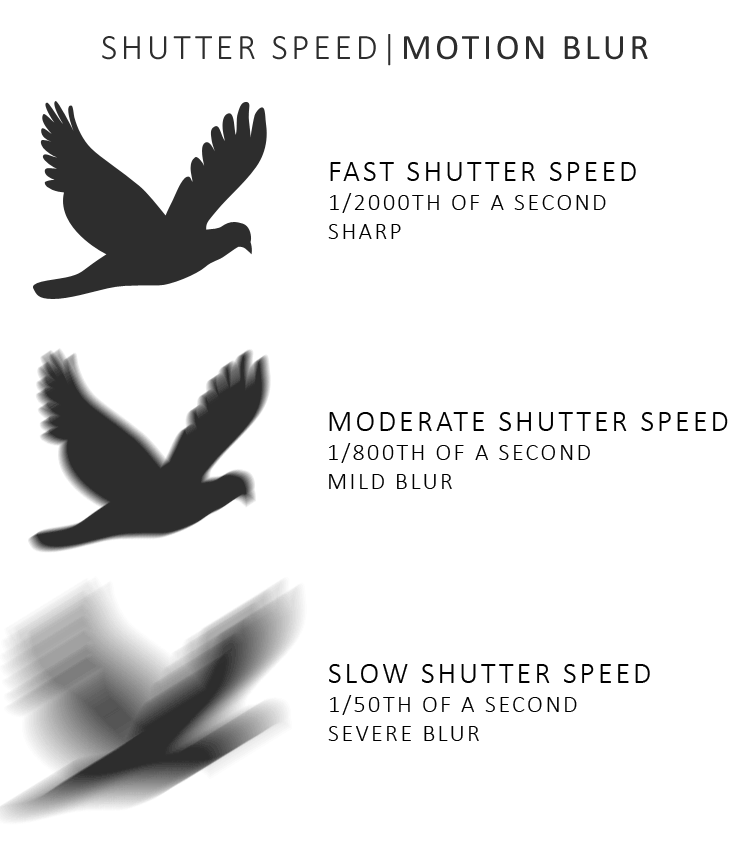
On the other hand, you may use slow shutter speeds to induce motion blur for great-looking waterfall pictures.
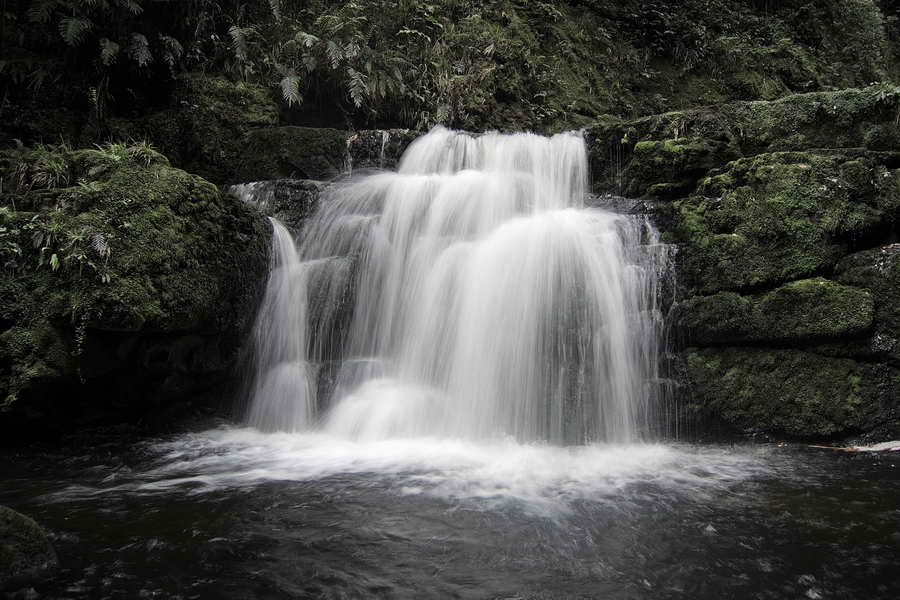
What about ISO
Although ISO does affect the brightness of your photo, it does not affect the amount of light your camera receives.
Instead, ISO artificially boosts your photo’s brightness. However, the higher you push your ISO, the more your photo’s image quality will degrade.
Therefore, you should always aim to achieve a sufficiently bright photo using aperture and shutter speed and supplement with ISO when necessary.
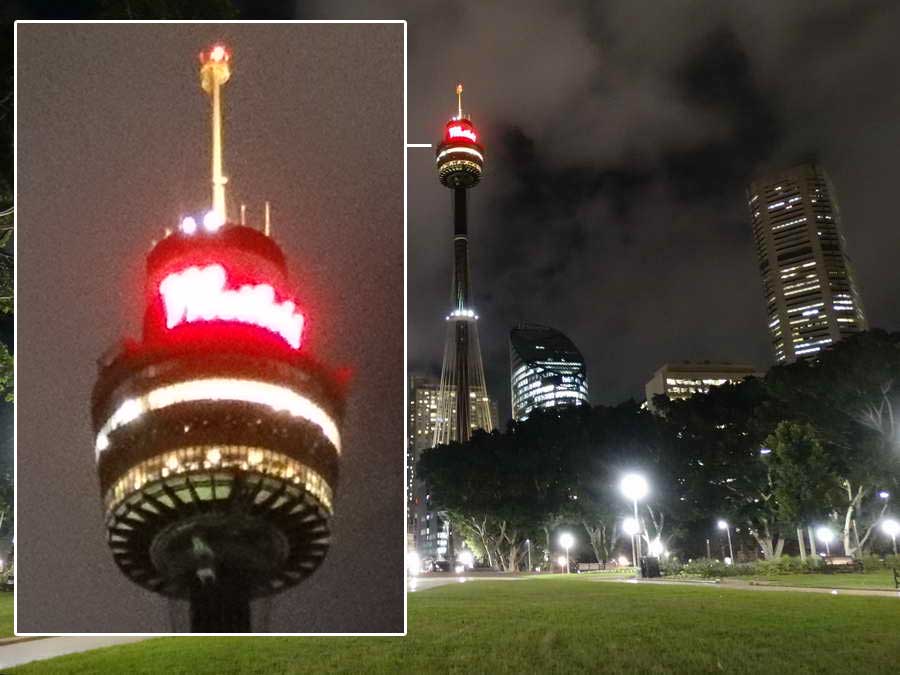
Shutter Speed and Aperture
Aperture controls the quantity of light passing through your lens. The larger the aperture, the more light passes through and the brighter your photo will be.
Whereas shutter speed controls the duration for which the light is received. Measured in seconds, you may wish to expose your sensor for 1/100th of a second or 100 seconds.
Together, your shutter speed and aperture will determine the amount of light your camera receives and as a result, the overall brightness of your photo.
